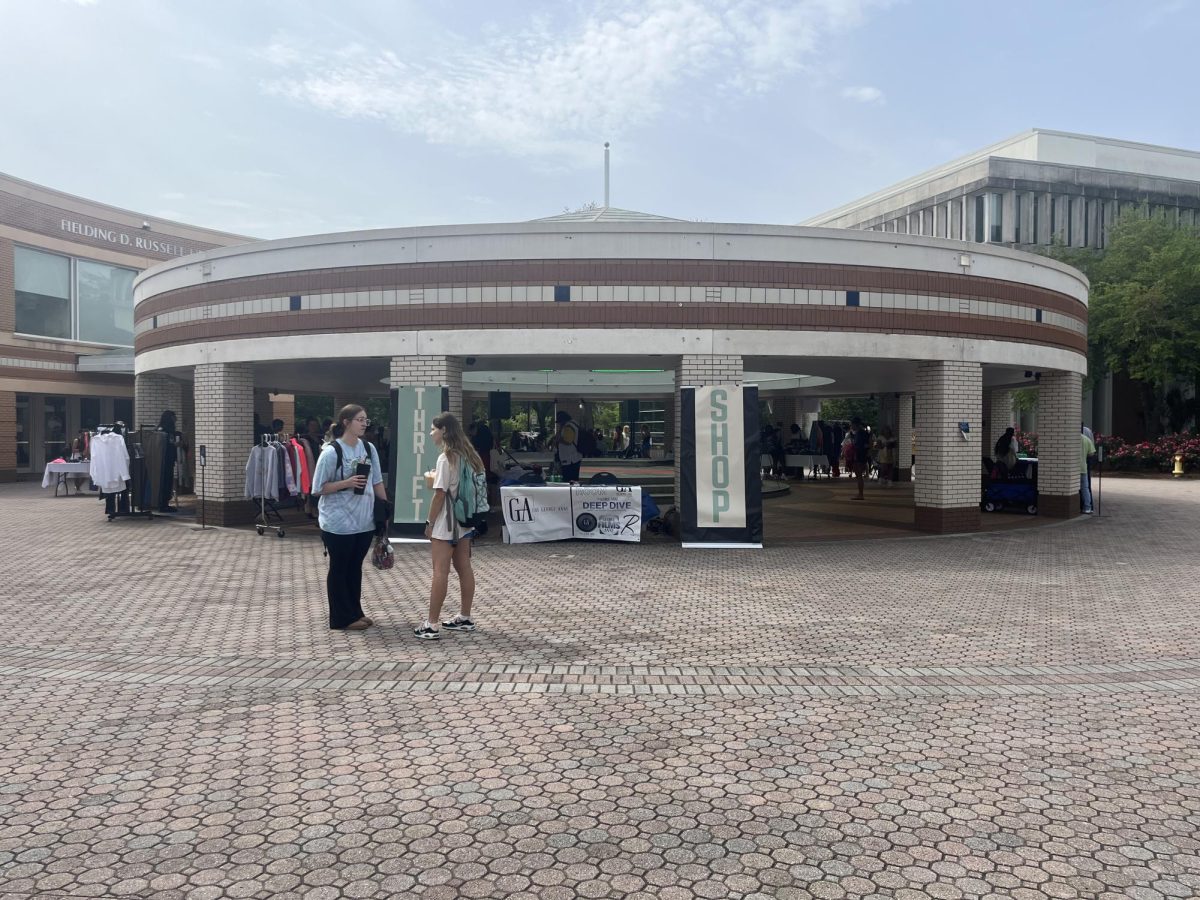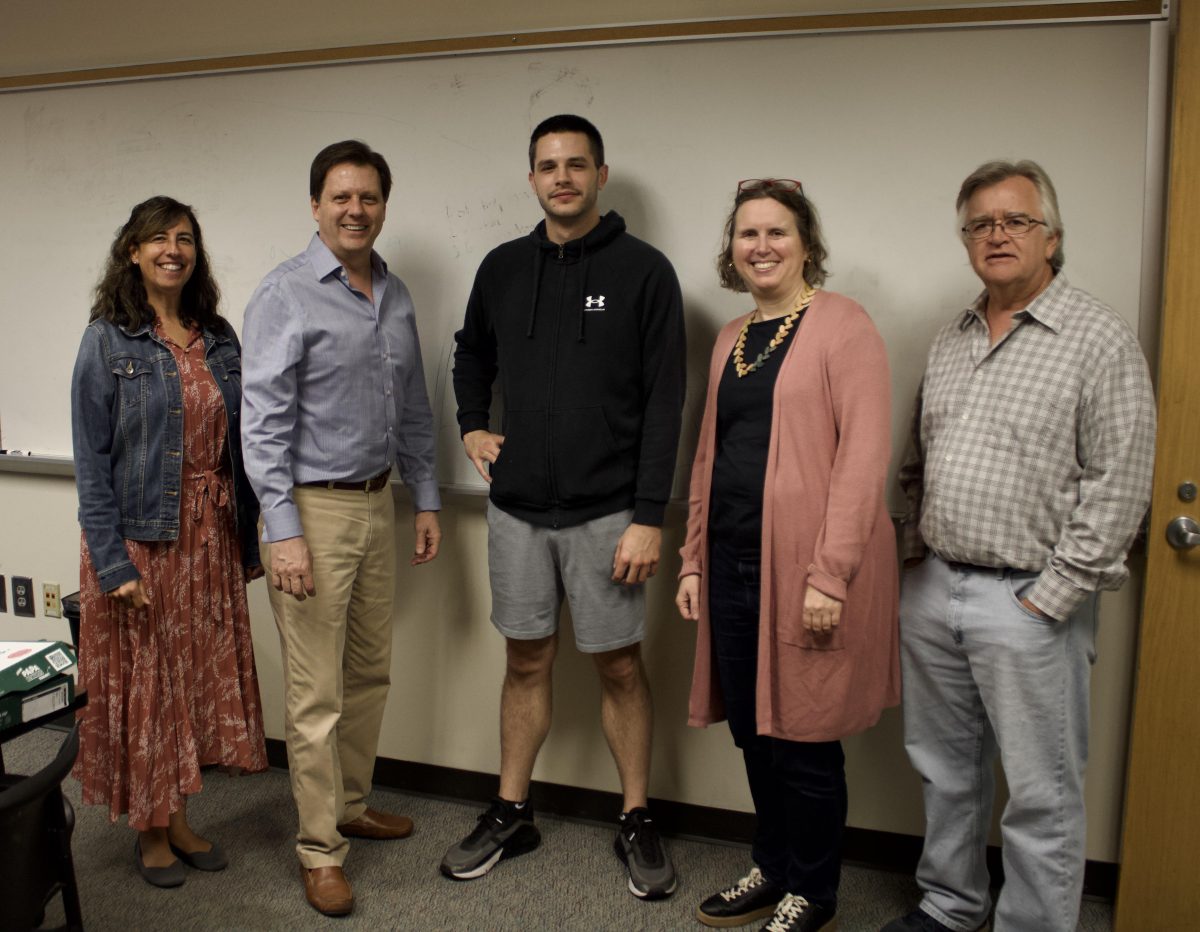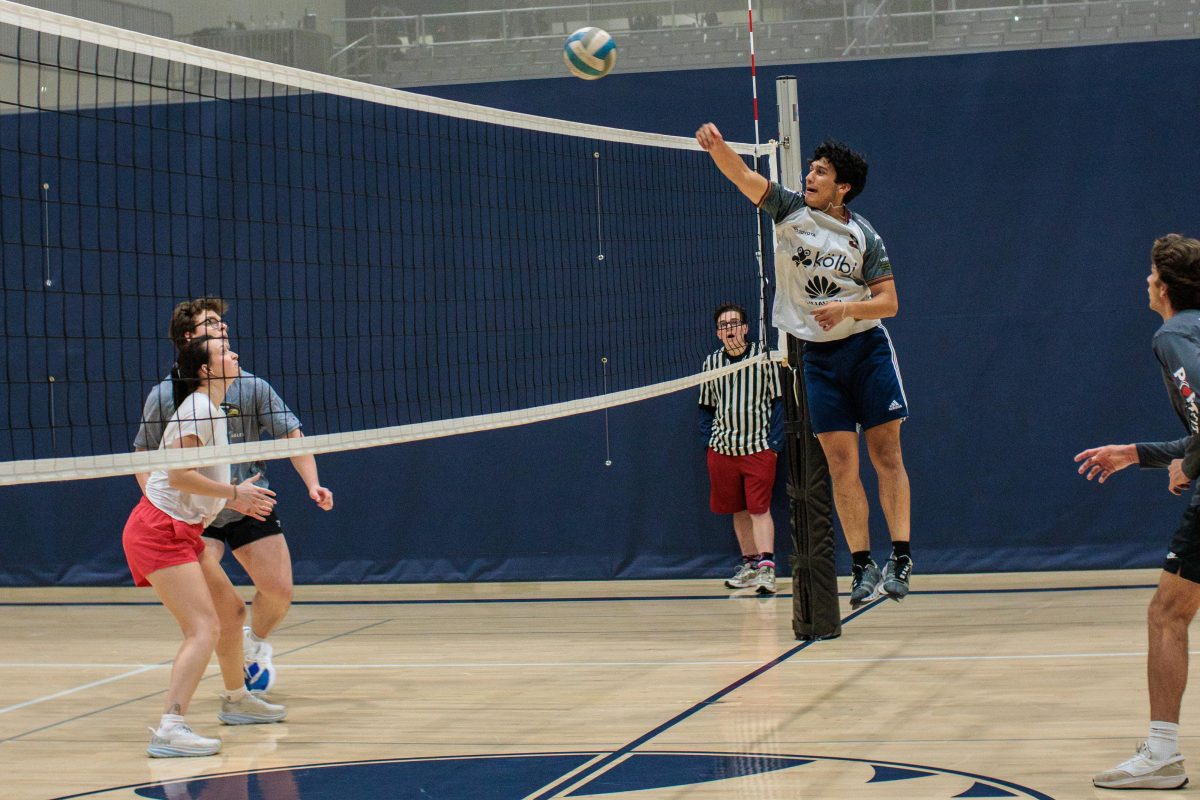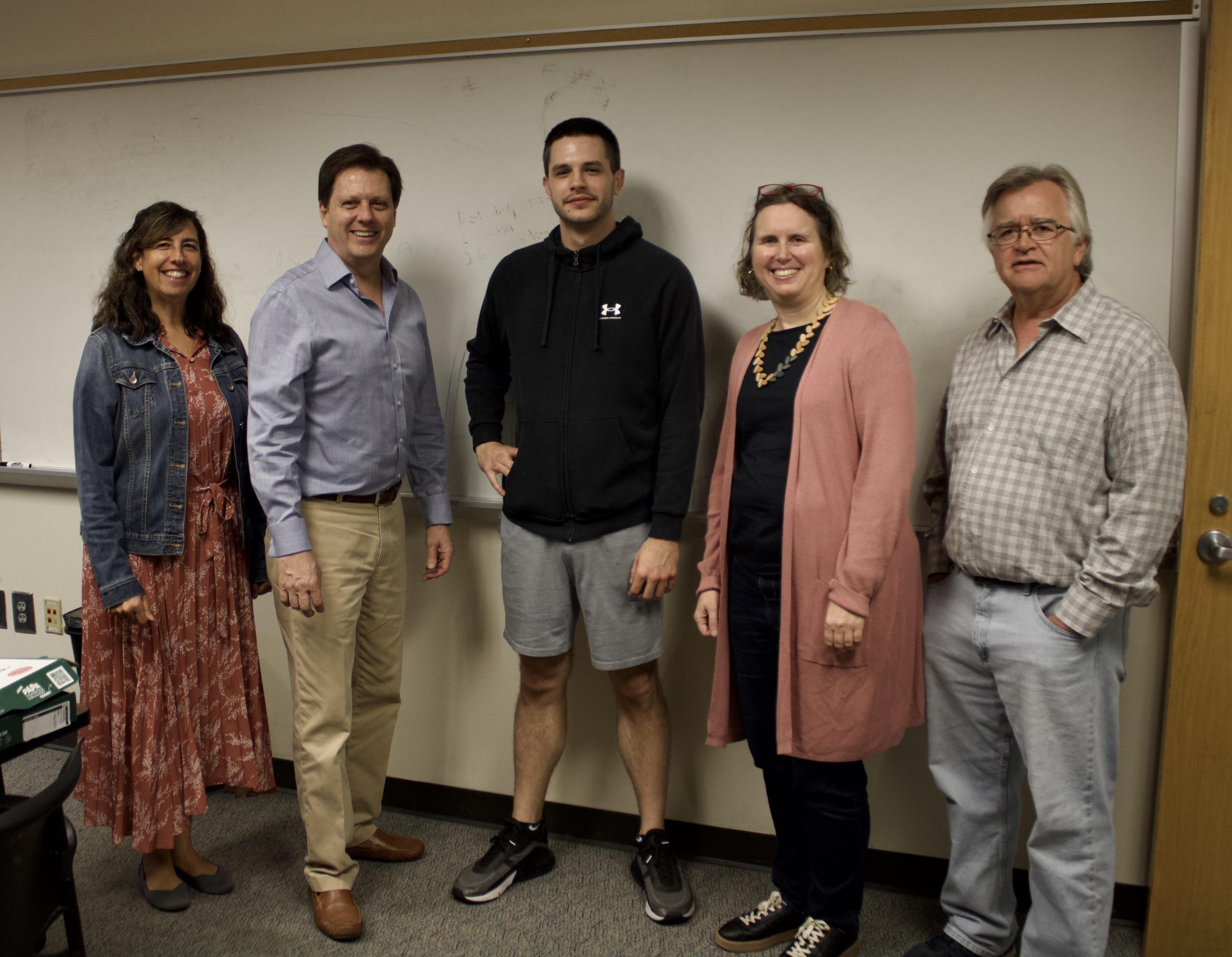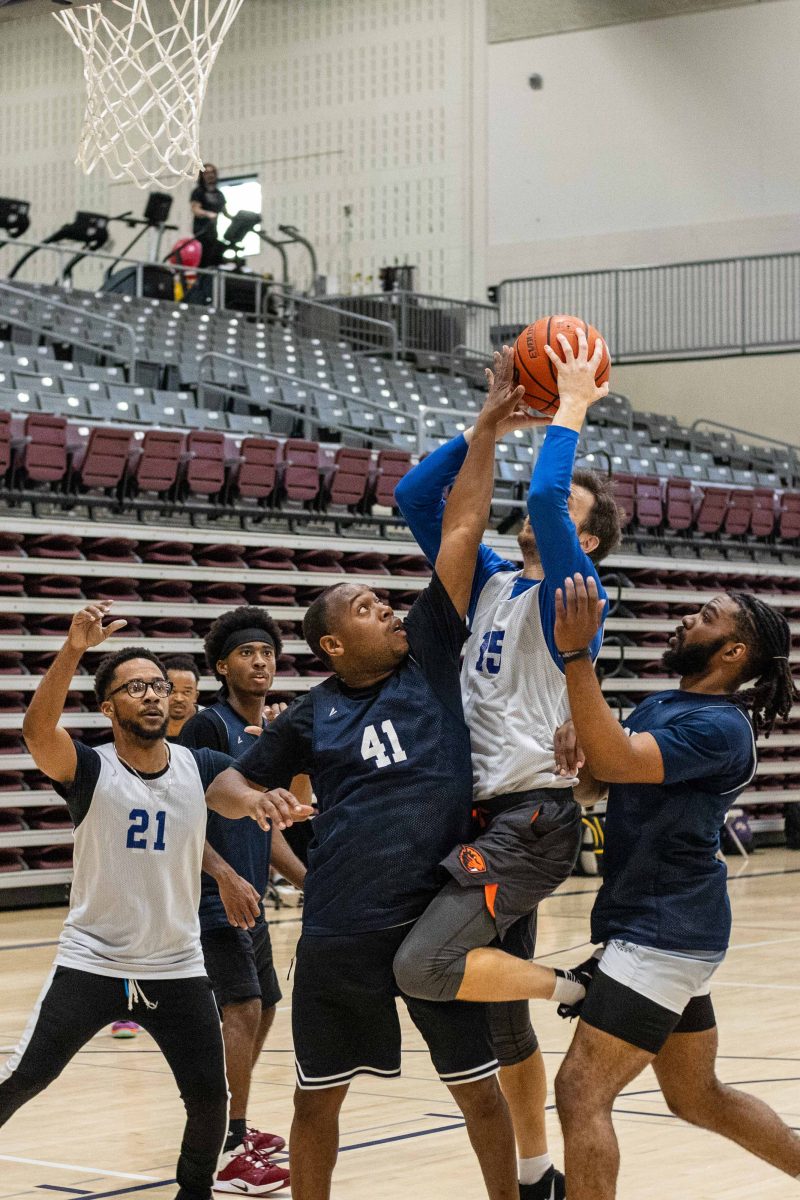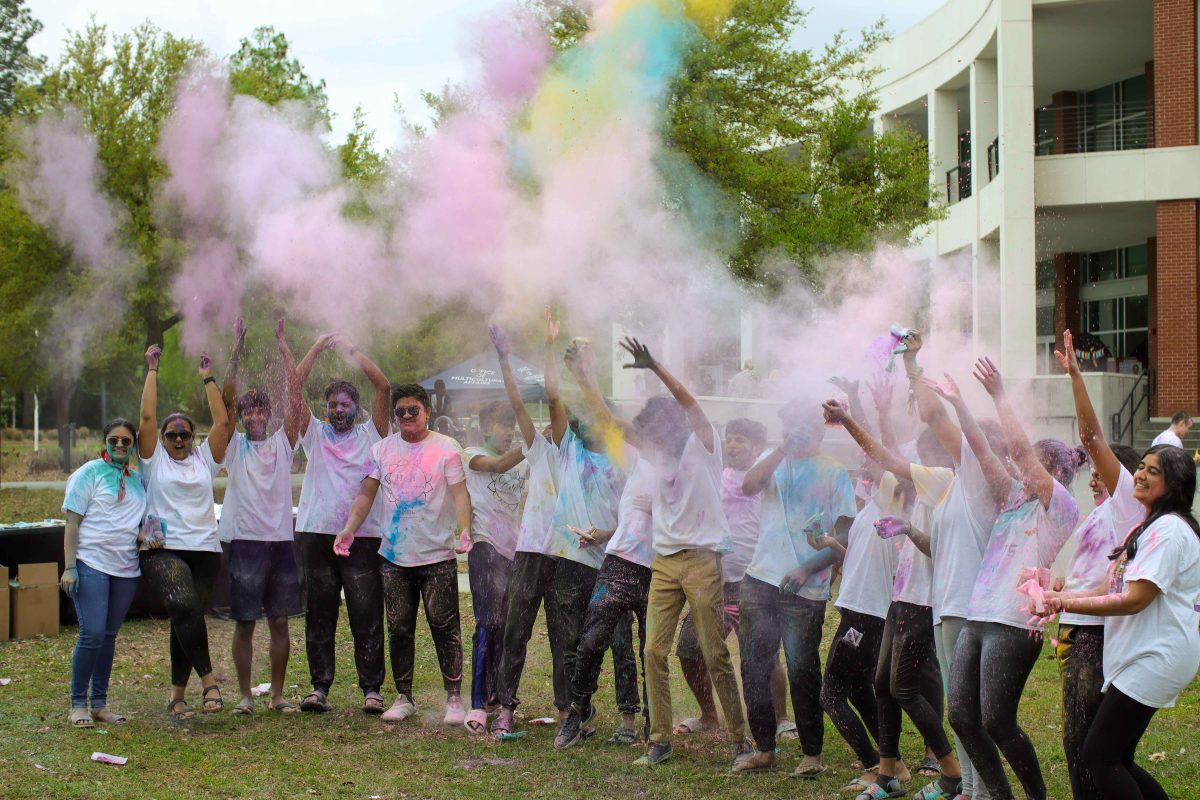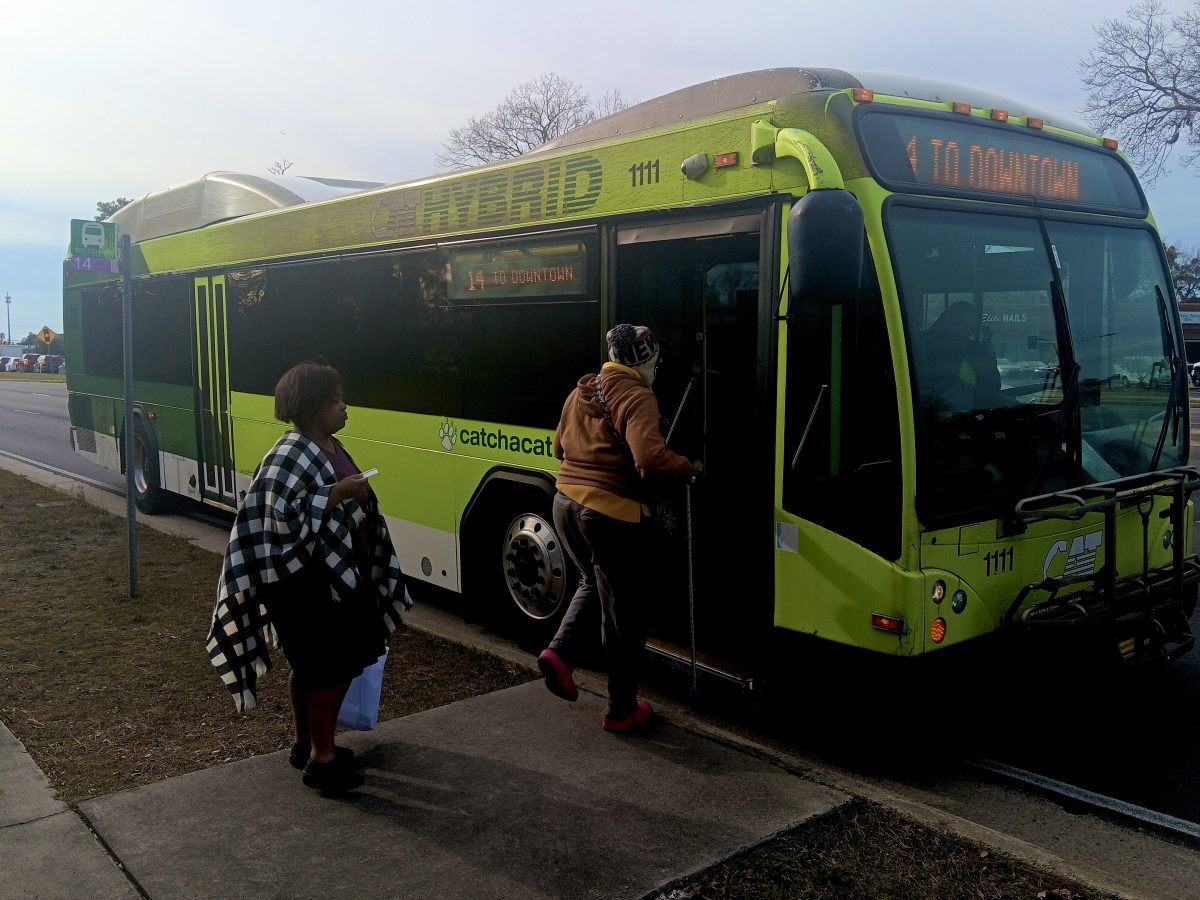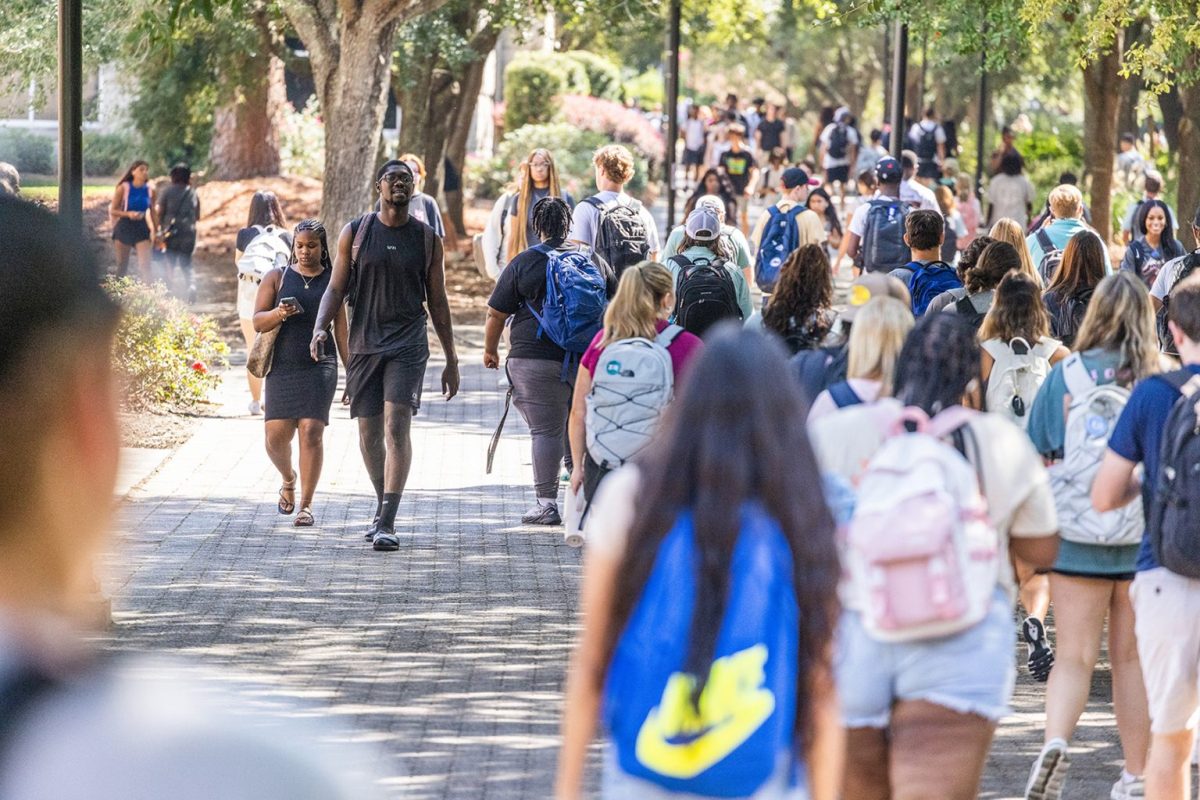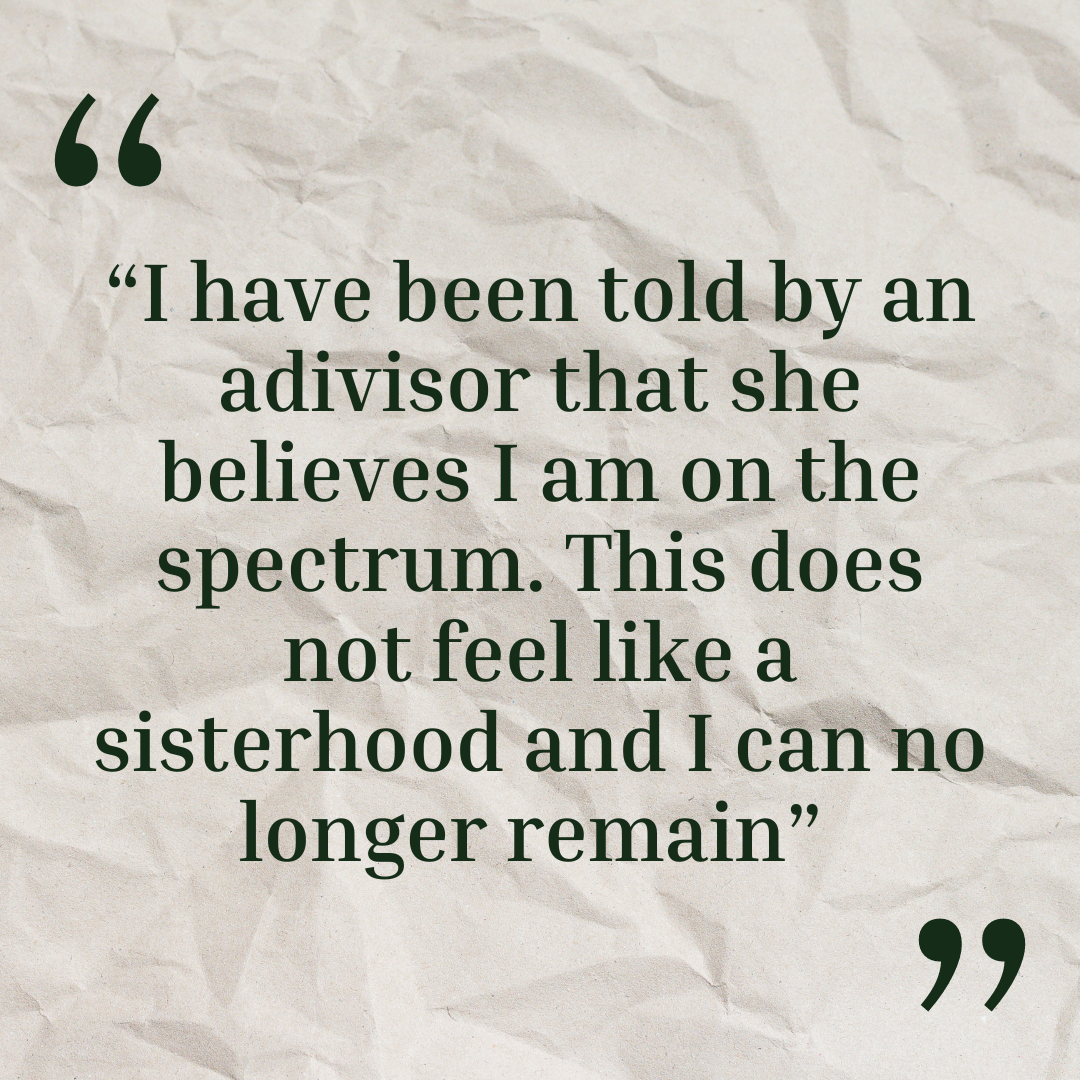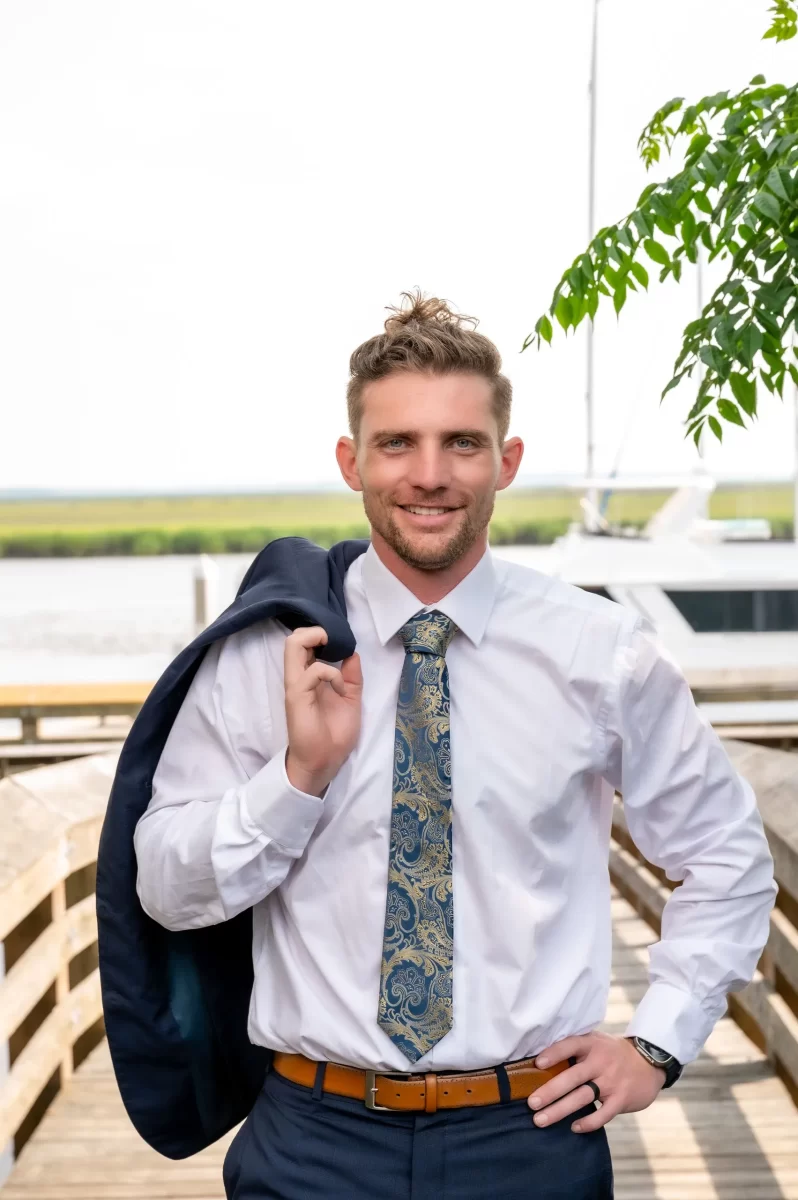B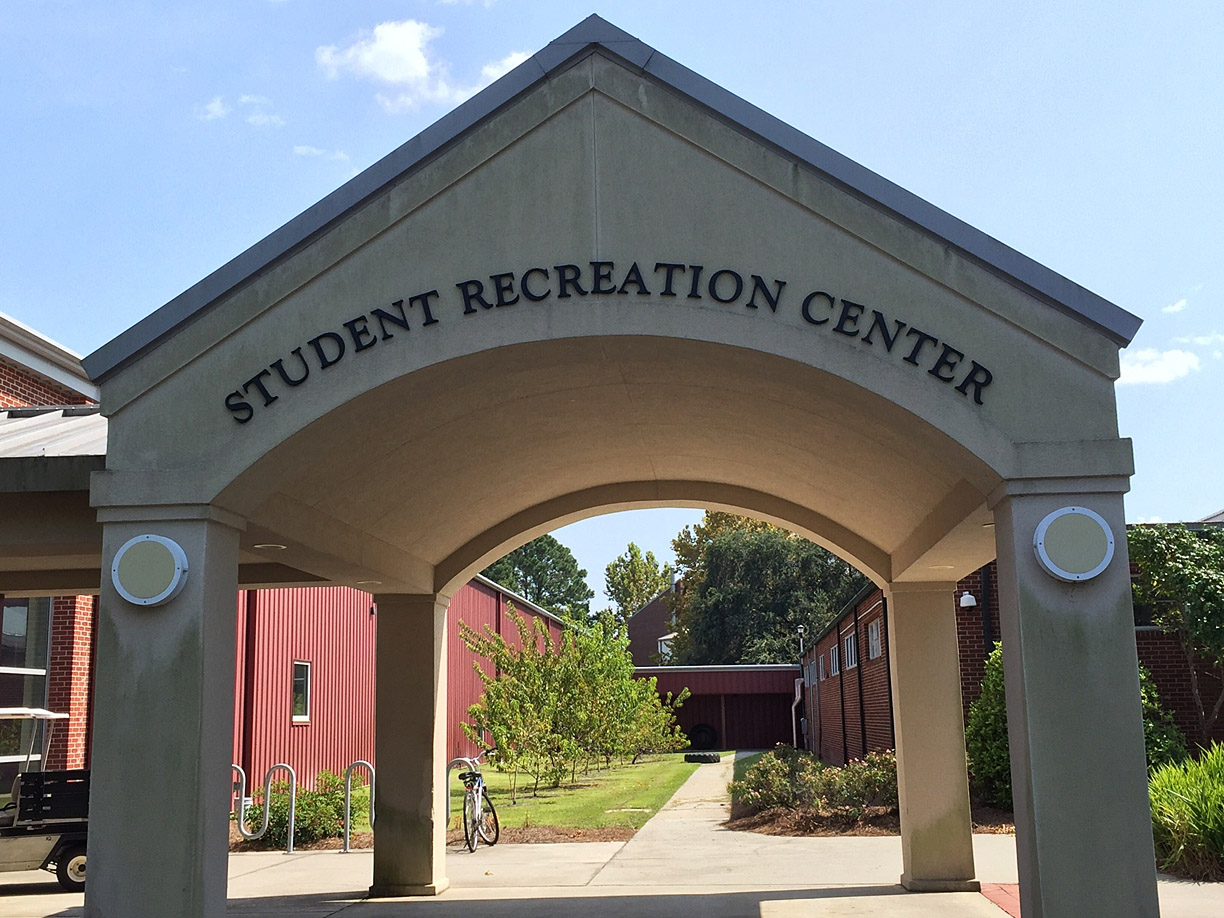 y Lauren Ashley, Staff Writer
y Lauren Ashley, Staff Writer
This spring, Armstrong’s Department of Recreation and Wellness gave students the opportunity to voice their opinions on the current state of the Student Recreation Center and to shape the conversation for future plans, including fee adjustments and center expansion projects.
The results have been shared at sparsely-populated open forums over the past few weeks and have proven to be reflective of what the Recreation and Wellness shares spring survey results Director of Recreation and Wellness, Megan Feasel and her staff have been thinking for quite some time: the once promising Student Recreation Center has lost its ability to maintain pace with evolving student growth, needs and activity patterns.
The department, after 48 classroom visits and 72 hours of tabling at campus hotspots, received the opinions of nearly 20 percent of the university’s spring 2016 population and a consensus that students would support the Student Recreation Center through the necessary renovations and return to it, despite the resulting increases in student fees.
“We’re the lowest rec center fee, which is not something we should be proud of,” Feasel said after presenting a chart detailing the fees for 10 other universities in the state of Georgia, including Valdosta State University, Georgia College and State University, University of North Georgia and Georgia Southwestern State University.
The latter university has the largest recreation fee at $205 per semester and Georgia Regents University’s Augusta Campus ties with Armstrong for the lowest fee at a mere $43 per semester. Nearly three-quarters of those surveyed said they would be willing to pay higher fees.
Each of the five fee increase increments performed well by earning about 20 percent of the in-favor population each, but the most popular increase levels were the $51 to $75 and $126 to $150 increments, which represent additions to the current cost.
“If we really want to get that expansion,” Assistant Director of Intramurals and sports Club, Sean Willett, explained, “we need it to be 75 and above.”
Willett would gladly accept any type of fee increase, but he knows that smaller increases would only result in renovations, not expansions, to the center’s existing structures.
The current structures’ ability to meet the needs of Armstrong students is at about a three or four out of a possible 10 in Feasel’s mind.
“For our size,” she says, the Student Recreation Center is “an okay size, but it does not meet the needs of our students.”
The combined weight and fitness area that houses all the equipment, according to Associate Director of Facility and Special Events, Jason Salzer, “is where the majority of students spend their time.”
That area, in recent weeks, has begun to reach dangerously high population levels. With 67 students working out in that small area, it has become difficult for students to gain access to any type of cardio or strength equipment.
“I see a lot of our Armstrong students who have left Armstrong Rec Center to join the local Y because they can’t get on any fitness equipment,” Feasel confessed, who also works as a trainer and group fitness instructor at the YMCA.
Armstrong’s only group fitness room hosts 55 classes a week, including the popular Zumba classes that brings up to 80 students into 3,200 square foot room. The group fitness room’s many open classes also double as physical education courses.
Senior Greg Simpson, who is taking a physical education course in the group exercise room, says he would be willing to pay up to $75 or $100 a semester to see improvements like another group fitness room.
With funding, Feasel says she would utilize the extra space of a second multipurpose room for meditation classes, smoking cessation classes and furthering the Student Recreation Center’s work with the university’s Counseling Center.
Currently, she points out, “none of our sport clubs teams can use that [multipurpose room]. No student groups can rent that space out because there are classes jammed in there from seven in the morning until 10:30 – 11 at night.”
The night hours also bring crowds to the basketball courts, which are 12 – 15 feet short by regulation standards because the Student Recreation Center was built in 2008 and without the direction of a recreation expert.
“You just look at kind of the design,” Feasel explains, “I think they built that building thinking of what we need right now, and we’re trying to build this for what we need now but also what we need for the future just based on our numbers.”
Back in 2008, with intramurals just beginning to form and only one sport club team and 15 wellness programs offered, the brand new building racked up 55,154 student ID swipes. In 2015, there were 12 sport club teams and 60 wellness programs helping generate 96,016 ID swipes. The big jump in numbers began in 2011 when Windward Commons, one year after its grand opening, kept more students on campus.
“When you’re not in class, you can go to the Student Union. You can hang out outside or go to the Rec Center or the library, so it’s very limiting,” Salzer rationalized. This problem of limited options only gets worse when one of the few options has a limited amount of space.
Students expressed this need for more space by identifying weight room/fitness space and student organization space as two of their top five priorities should expansion projects become a real possibility. The polarizing item of priority is a rock climbing wall.
Cracking into the top five as the lowest, or fifth, priority, subtly illustrates the tension over whether the cost of a 70 foot rock wall would be worthwhile. Graduate student Tara Ellington says she would not use a rock climbing wall, but freshman Abby Warren, who was not attending Armstrong at the time of the survey, believes she would use it.
Before a rock wall or any other features can be added to the center, approval and funding must be granted. The Armstrong community and officials seem to be behind the Department of Recreation and Wellness’ plan to raise student fees to levels in line with the survey results and use the money as funding for expansion or renovation projects that will benefit the students; however, it will ultimately be the Board of Regents’ decision as to whether or not Armstrong will be able to increase student fees.
In October, Feasel and her team will give a presentation to the Fee Committee, and if approved by the committee, Armstrong’s Office of Business and Finance will go before the Board of Regents and present the proposal. The Board of Regents’ decision will be made known in the spring.
If the Board of Regents does not approve the fee increase, Feasel and the Office of Business and Finance will look to alternative plans that would garner the necessary funding, which could include loans and bonds. These alternative plans would not financially impact students.

